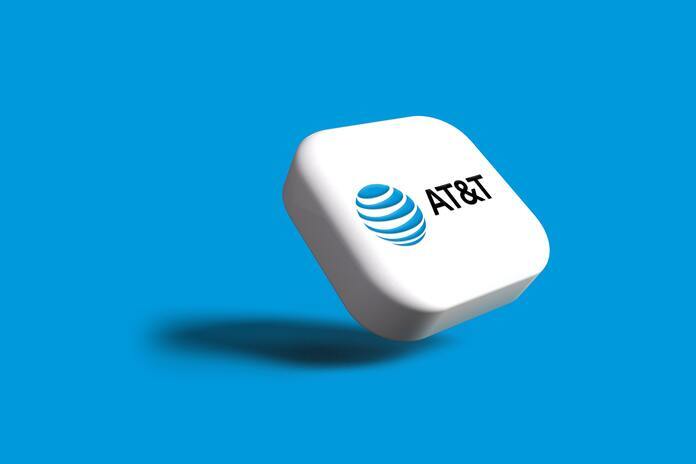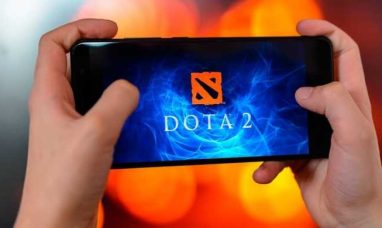Ericsson stock (ERICb.ST) experienced a significant uptick following the announcement that AT&T (NYSE:T) has chosen the company to construct a telecom network utilizing cutting-edge cost-saving technology known as Open RAN. The deal, valued at $14 billion over five years, is set to cover 70% of AT&T’s wireless traffic in the United States by late 2026, marking a substantial win for Ericsson and a setback for rival Nokia (NYSE:NOK).
Ericsson’s shares saw a notable 9% rise, positioning the company for its most successful day in years, outperforming the pan-European STOXX 600 (.STOXX). In contrast, Nokia shares declined by 8%, reaching the bottom of the index, following AT&T’s late Monday announcement.
Open RAN, designed to bring about significant cost reductions for telecom operators, utilizes cloud-based software and equipment from multiple suppliers, departing from the conventional reliance on proprietary equipment. This shift is poised to diminish Nokia’s presence in the North American market while elevating Ericsson’s standing as a major player in the global telecom arena.
While the adoption of Open RAN has been gradual, with telecom providers like Telefonica and Vodafone testing the technology, AT&T’s strategic move marks a substantial leap forward. AT&T’s commitment to Open RAN is evident in its statement that all new equipment deployed will be Open RAN capable, with an estimated spending of up to $14 billion over the contract’s five-year term with Ericsson.
Ericsson’s successful bid for the Open RAN deal positions the company as AT&T’s primary supplier, gradually superseding Nokia’s share. In response, Nokia anticipates a decline in revenue from AT&T, affecting 5-8% of its mobile network units over the next 2-3 years. Despite this setback, Nokia remains optimistic about the profitability of the unit in the coming years, albeit with a potential delay in achieving a double-digit operating margin.
Samsung’s prior success in securing a $6.64 billion contract for 5G equipment with Verizon in 2020 further compounded Nokia’s recent challenges. Open RAN has faced resistance from major telecom vendors unwilling to open their proprietary interfaces. However, Ericsson’s commitment to opening up these interfaces across its footprint reflects a strategic move to meet industry demands.
AT&T’s plan for fully integrated Open RAN sites in collaboration with Ericsson and Fujitsu, starting in 2024, is a significant step towards industry transformation. The network is expected to incorporate equipment from various suppliers, including Corning, Dell Technologies, and Intel by 2025. AT&T’s executive, Chris Sambar, emphasizes the scale of this initiative, envisioning a transformative impact on the industry.
Featured Image: Unsplash















